In The Year 2525
“In the year 2525, if man is still alive, if woman can survive, we survive” Laibach
The year 2025 remains heavily affected by the catastrophic consequences of a pandemic that has lasted for many years. The pandemic shook the whole world, leaving smaller countries the most affected, including Slovenia.

New spatial concept for the Republic Square TR3 in Ljubljana.
Decaying parts of cities without proper communication have been forced into a change. A new reality has been created, when people have to know how to survive in the city, grow their own food and take care of maintaining social life. Researchers and theorists observe and point out the phenomenon of abandonment and neglecting of public spheres.

Cities are in a need of green spaces and water recuperation, case study of the TR3 square 3 in Ljubljana.
This appeared as a consequence of the inappropriate use of public space with the establishment of the Ordinance on the general restriction or prohibition of gathering people in the public spaces of the Republic of Slovenia. More and more individuals and collectives are consciously seeking and testing solutions to preserve public spaces and redefine their primary purpose in and implement content in order to make them usable again.
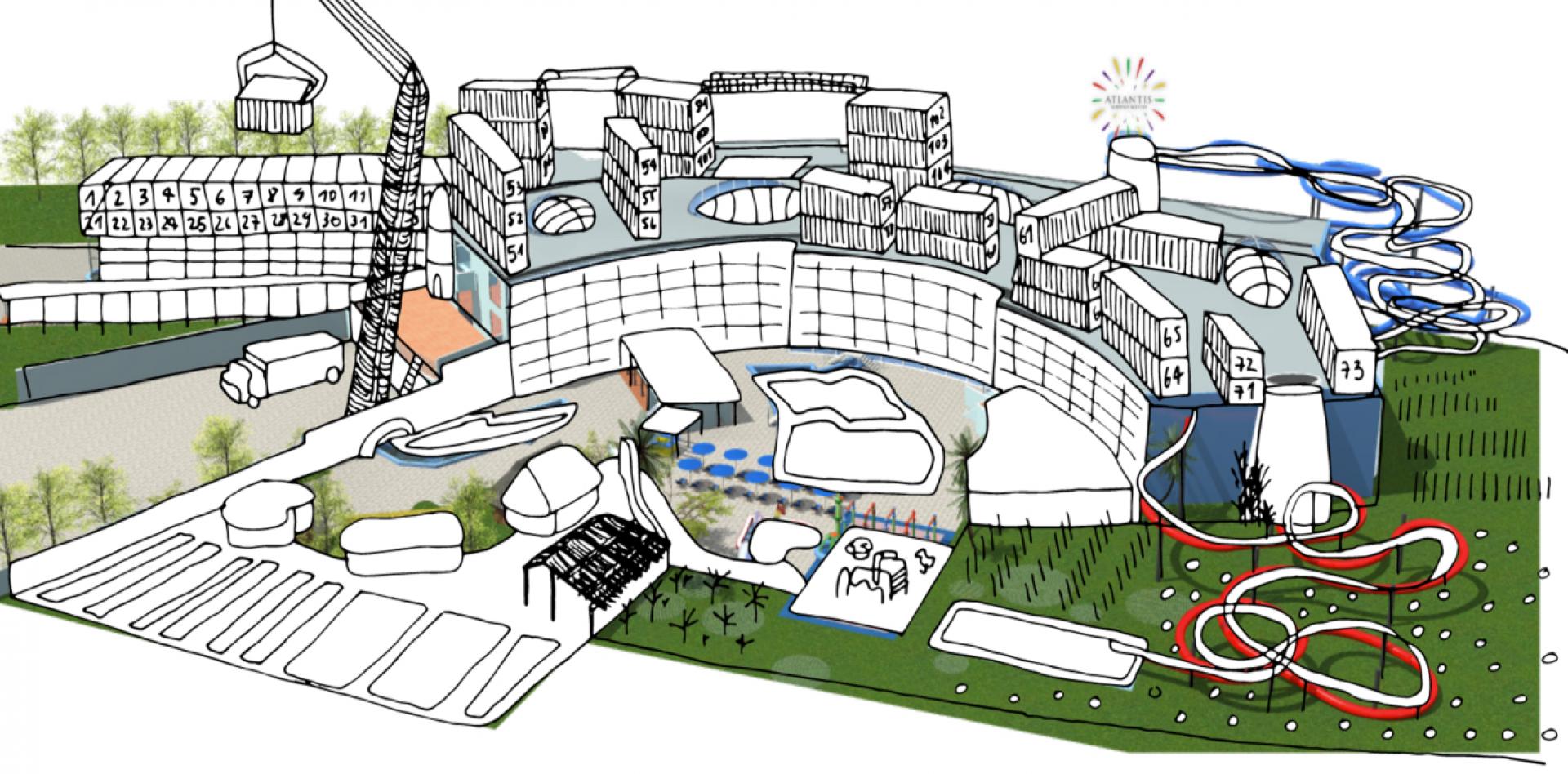
The RE-USE of the public building in the BTC area in Ljubljana.
The internationally recognized agency CO- BREATH 3.0 raises awareness of the burning issue, pointing out that we are facing a problem of historical proportions. “This is only more obvious in today’s situation,” the agency said, citing examples of bad practice from the past. They set up concrete proposals for the efficient use of public space, as they are convinced that it is necessary to prevent the history of neglecting quality architectural public space from continuing. They work in the field of raising people’s awareness, with which they want to establish quality values and public ethos.

The agency focuses on current urban problems of the postcovidist generation, where it offers solutions for the transformation of currently endangered spaces through ambitious projects. In economic terms, the post-corona crisis has made us think mainly about the way we consume. Where until recently it was “discard and recreate”, now it is “do not discard - upgrade”. Concrete proposals for locations designed by CO- BREATH 3.0 in 2020, during the student years, are based on the principle of reuse.
The problems were tackled with concrete suggestions that presuppose how to make effective use of the collective space. Extensive project of revitalization of endangered urban areas of Ljubljana, more precisely three specific locations: BTC, Republic Square and a network of selected underpasses. Each unit offered a unique answer to solving a certain spatial problem. By intervening in the environment, they wanted to save the collapse of culture, revitalize degraded areas and take care of the vulnerable population most affected by the epidemic. You might check the detailed proposals via the online magazine CO-BREATHE.

The BTC project focuses on alternative ways of growing food and thoroughly thought about the modern use of existing infrastructure that is in decline.

The TR3 project was concerned with the idea of creating a safe public space, where people would socialize and improve social well-being.


The underpasses project implements a mobile application PPP (Path Per Underpass) to connect underpasses day centers, where the most vulnerable groups can turn for help.
Besides the reuse of the existing empty buildings and public spaces, the research was based also on a study analysis of Forgotten Masterpieces in Slovenia, which are a warning where reckless interventions can lead us to. The CO- BREATH 3.0 agency collected Forgotten Masterpieces to point out those that cases that once represented the places for gatherings.

The interior hall of OLO with movable interior walls was designed by Edvard Ravnikar. | Photo via Vodopivec (2001)
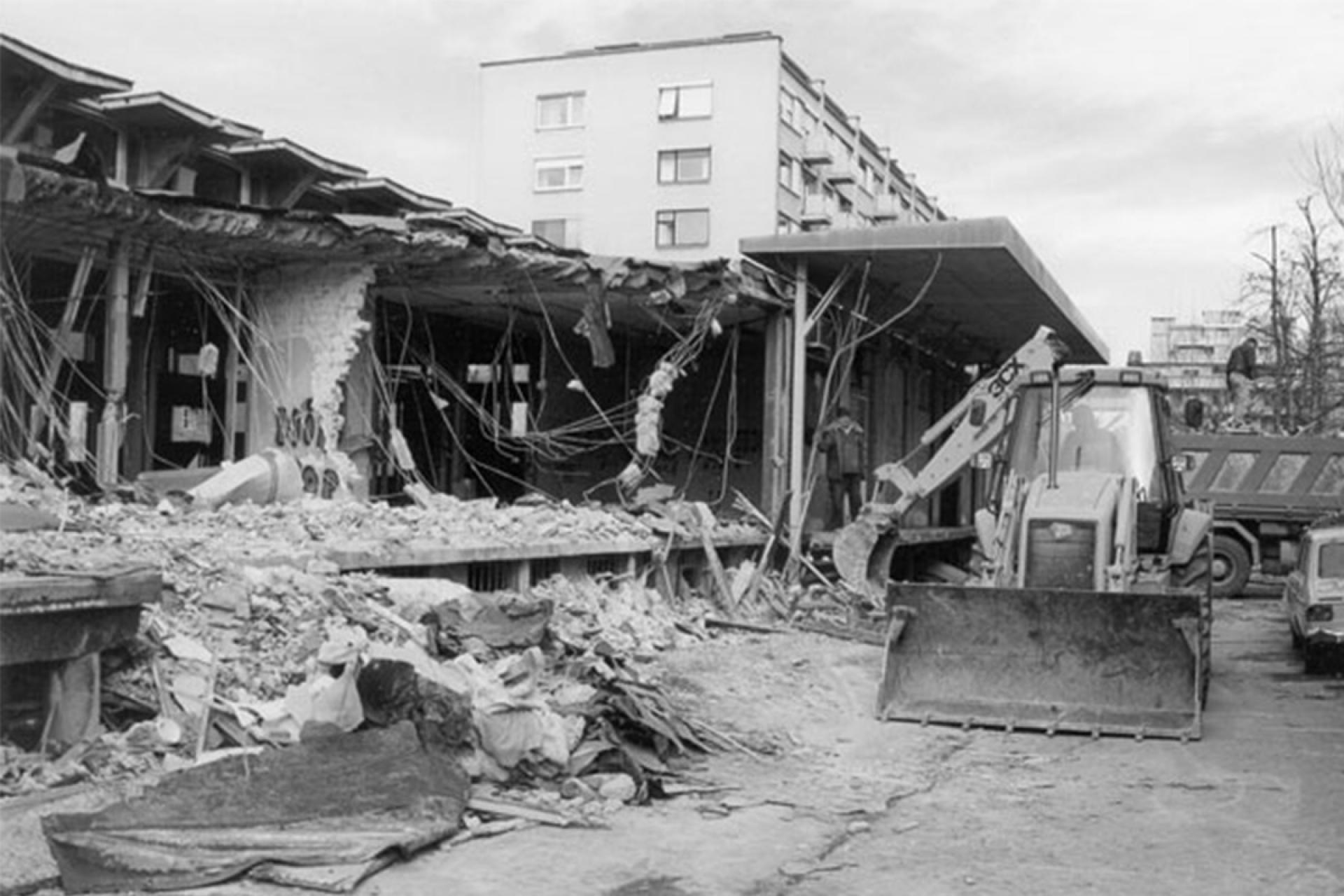
The Didactic Workrooms by Savin Sever was a part of an incompletely implemented urban arrangement of the Astra complex. | Photo via Evidenca
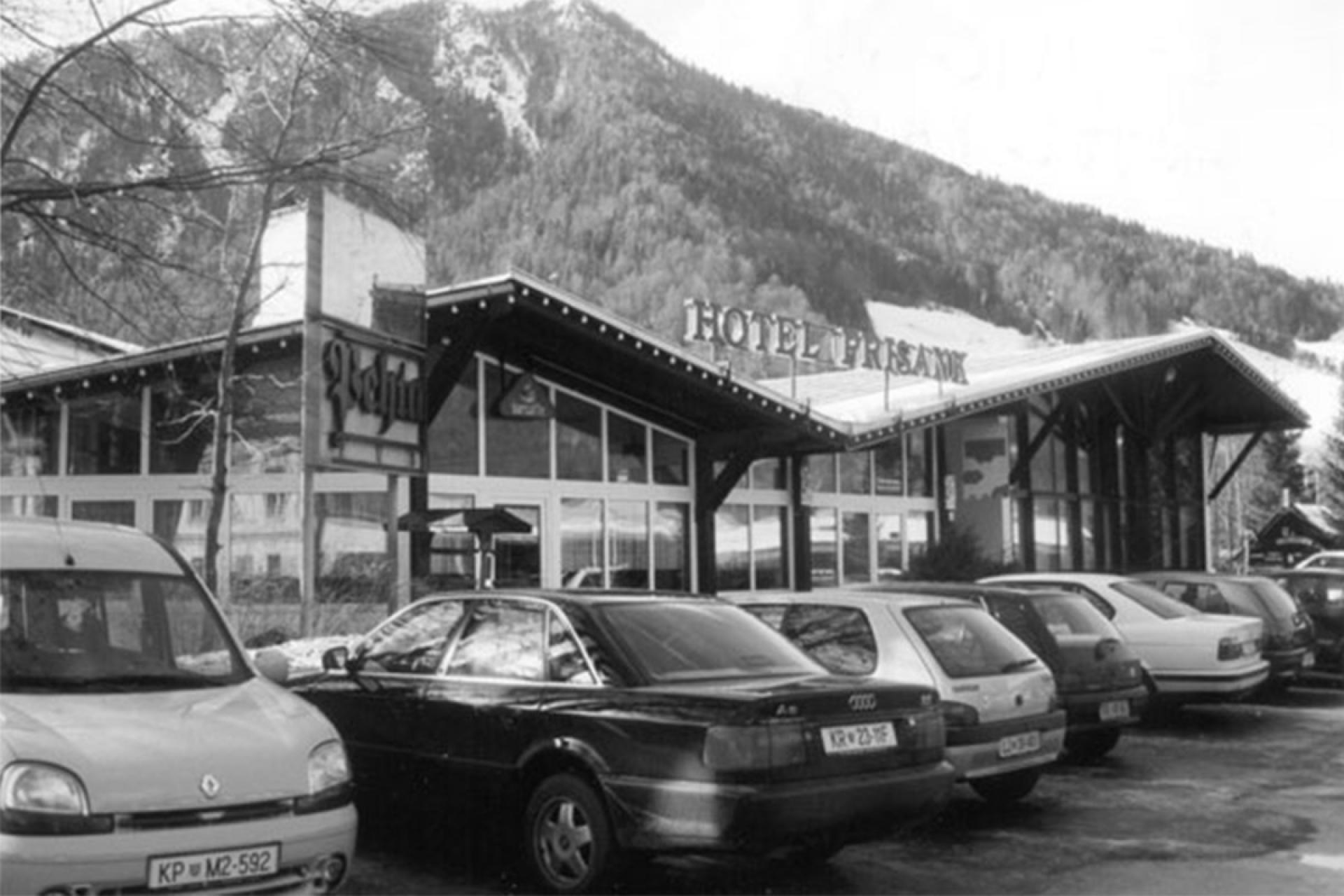
Hotel Prisank in Kranjska gora by Janez Lajovic was one of the fist and best examples of Slovenian architcetural regionalism. | Photo via Trajekt

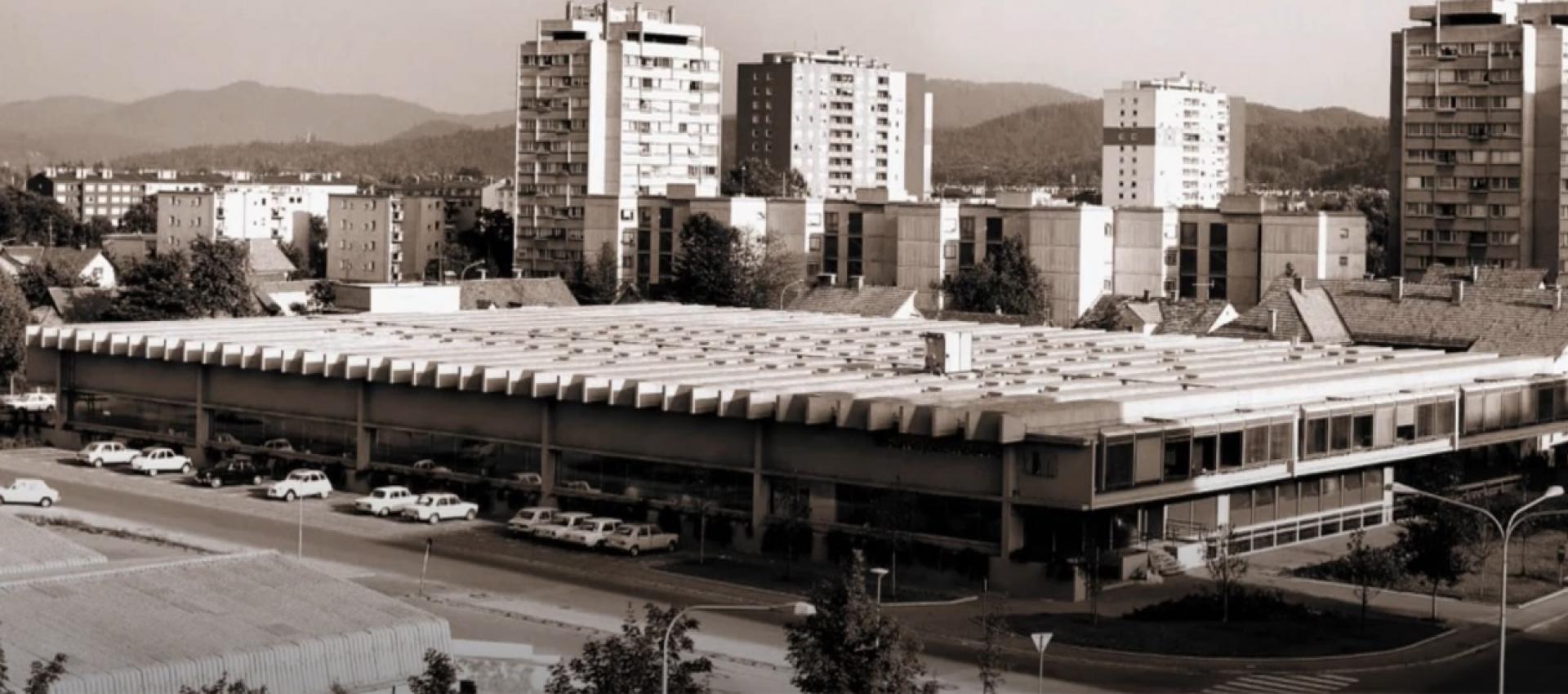
The building of the Jože Moškrič Printing House was foreseen for this area, which was not to stand out from other buildings. | Photo via Muratović
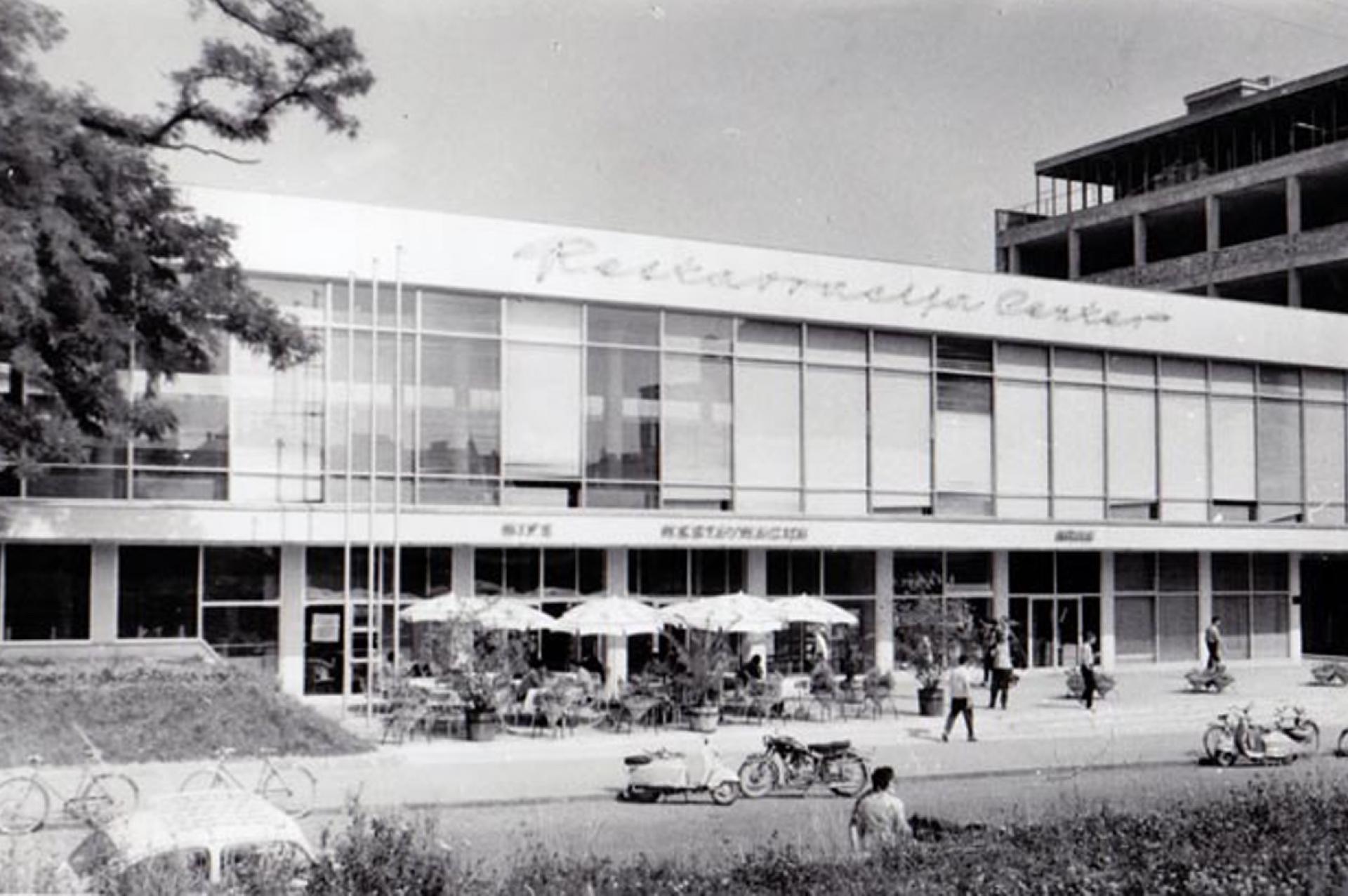
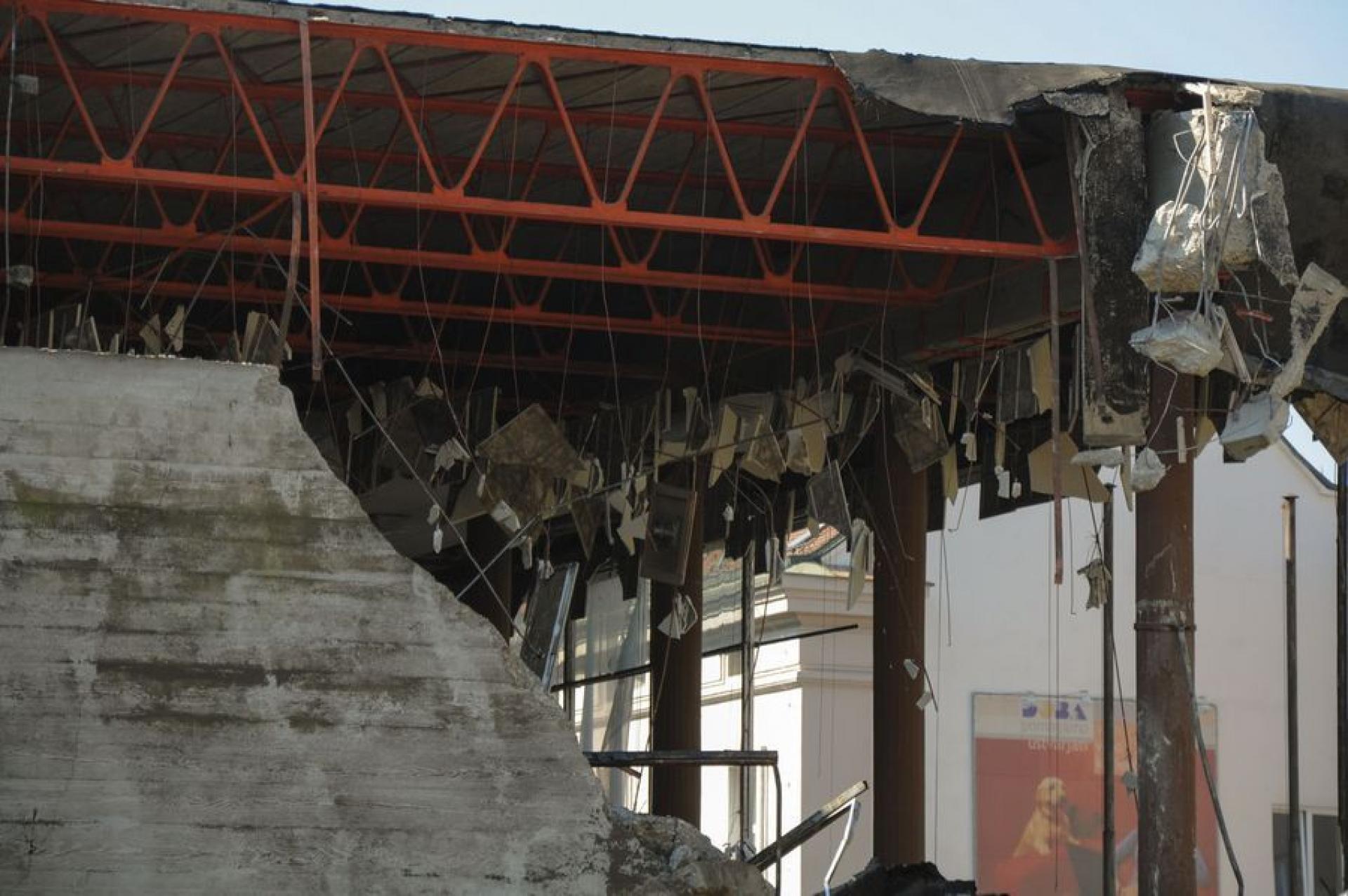
Restaurant Center in Maribor before and after demolition. | Photo © KMC Slovenia and © Virginia Vrecl
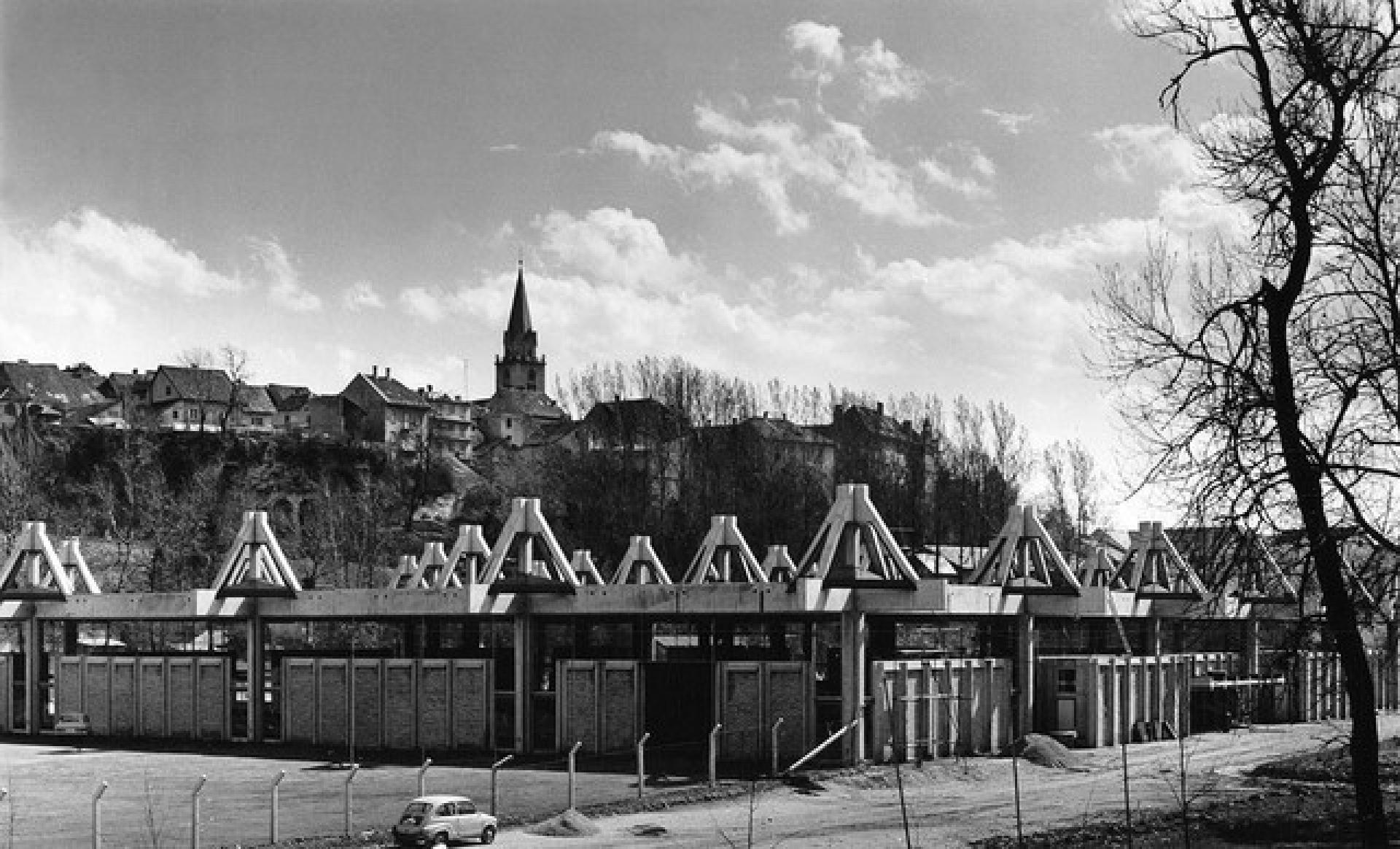
An exhibition Hall of the Fair in Kranj by Savin Sever. | Photo via DAL
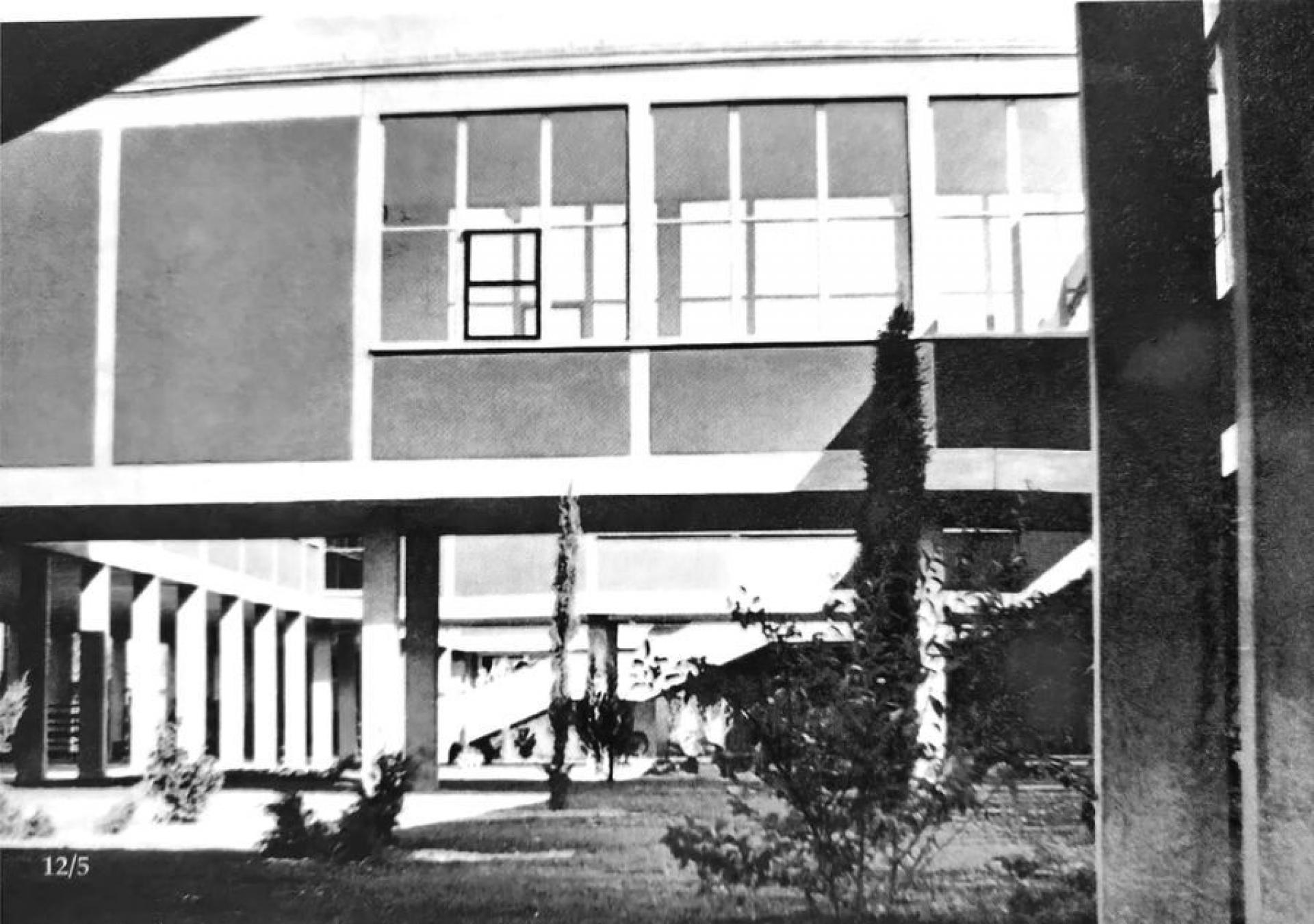
Pinko Tomažič elementary school in Koper by Edo Mihevc was the first attempt to build in the low-lying area of Bonifika. | Photo via © Janez Kresal
Public space is a complex, ever-changing formation. It consists of an architectural public space and the activities and participation of people within it. It needs to be approached in a multifaceted way when establishing and maintaining it. When it comes to architectural interventions and the establishment of new solutions, it makes sense to understand the way of life, which changes from day to day and from crisis to crisis.
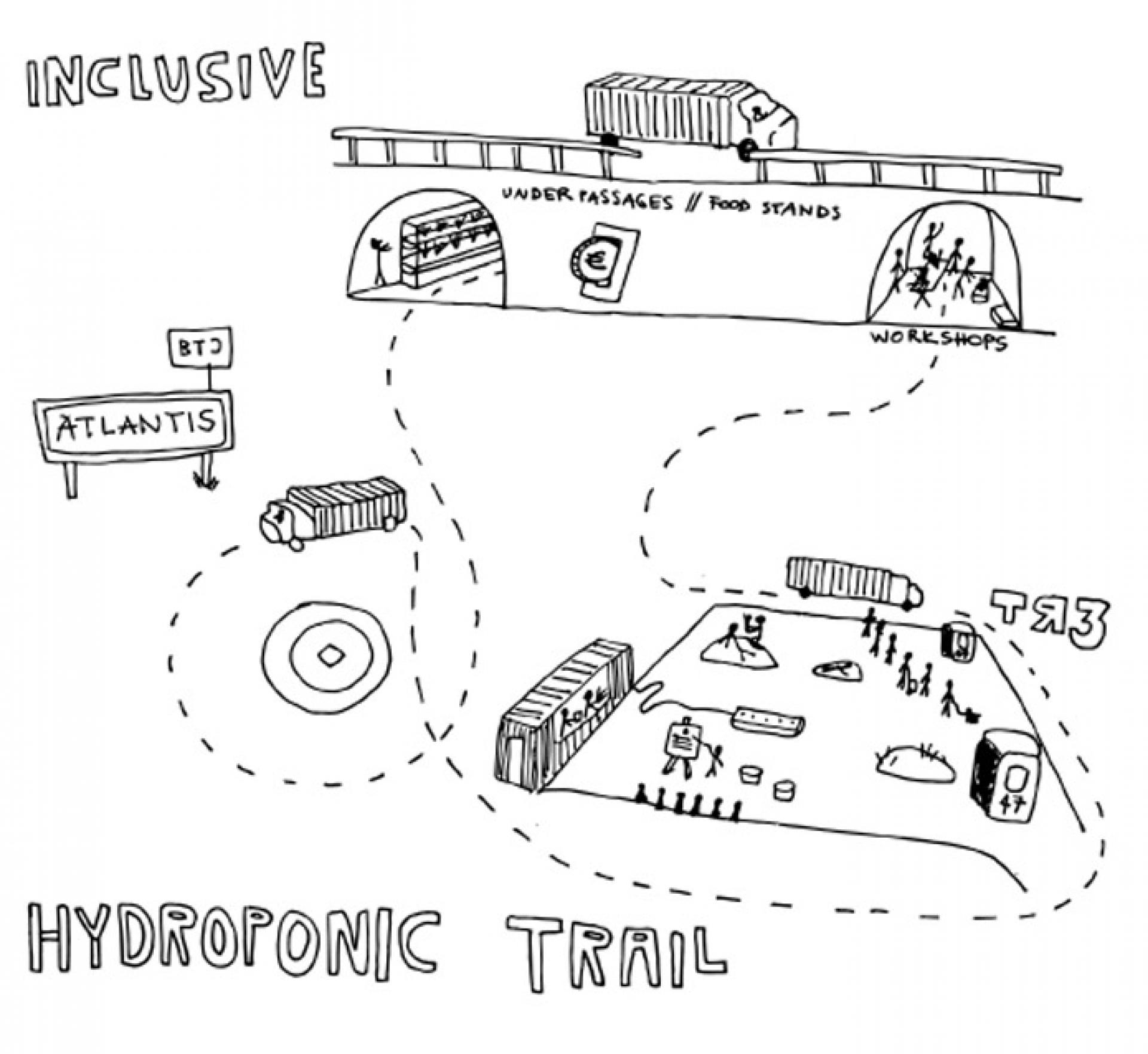
Connection of communities from proposed three projects in Ljubljana.
Stories of the past can help us acquire knowledge that will (in the future) enable us to effectively solve such complex and current issues.
—
Webinar Forgotten Masterpieces, ALUO Ljubljana, Menthors Barbara Predan, Boštjan Bugarič
Students: Jo Zornik, Pia Groleger, Matic Čič, Vid Lebič, Žan Girandon, Luka Pleskovič, Kim Benkovič, Lina Piškur, Vita Rau, Meta Mramor, Pia Mršek, Satya Pene, Eva Kraljič, Lana Pastirk, Daša Šešerko